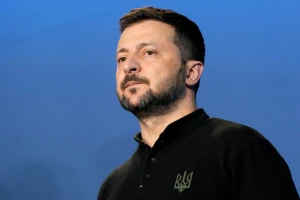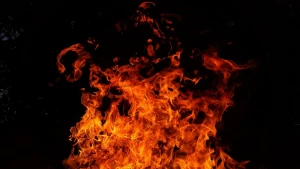
Farewell, Queen! How Elizabeth II, her family support Ukraine in war with Russia
Queen Elizabeth II became a symbol of British indomitability during their resistance to the Nazis, and together with the royal corgis, she became a renowned symbol of her state. The Queen and her family also fervently supported Ukraine in the fight against the Russian occupation.
Ukrainian President Volodymyr Zelenskyy and First Lady Olena Zelenska were among the first to express their condolences to Great Britain for the loss of their monarch. It is right and worthy. Because after six months of Russia's full-scale invasion of Ukraine, it is time to find a closer ally who would accept Ukrainian refugees, train thousands of Ukrainian soldiers, and be the headliner of anti-Russian sanctions.
It is also worth reminding that Great Britain was the first in January to send several aircraft of anti-tank weapons to Ukraine and conducted training for the Ukrainian military on how to handle them. In those days, even Ukrainian authorities themselves and a number of Europeans did not believe in the threat of invasion and that Ukraine would stand firm. And only former British Prime Minister Boris Johnson said that "Ukrainians will fight to the last drop of blood." Such a position of the British government could not exist without a 'green light' from Elizabeth II herself.
According to royal rules, the British monarch and his family cannot speak directly about political events. But the topic of Russian aggression in Ukraine and the protection of our sovereignty were constantly the topics of her speeches and indirect gestures of support.
In 2014, Russia invaded Donbas and occupied the Crimean peninsula. On June 5, in her annual speech from the throne on the occasion of the opening of the parliament session, the Queen expressed support for the sovereignty and territorial integrity of Ukraine: "Great Britain will work for peace and security on the borders of Europe, as well as for stable relations between Russia and Ukraine, based on respect for national sovereignty, territorial integrity, and international law."
The very next day, June 6, 2014, during the events to celebrate the 70th anniversary of the landing of Allied troops in Normandy during the Second World War, Queen Elizabeth II greeted the newly elected President of Ukraine Petro Poroshenko. After the revolutionary events, Viktor Yanukovych's flight to Rostov, illegal referendums in Donbas, and the annexation of Crimea, this was a kind gesture of support for the first wartime president. This handshake was a recognition that Ukraine exists, and the new president is absolutely legitimate, so that Russian propaganda does not spread to the West.
The Ukrainian theme also sounded in the speech before the parliament in May 2015. Queen Elizabeth II once again expressed her support for Ukraine and emphasized the importance of the implementation of the "Minsk Agreements". "My government will continue to put pressure on Russia to respect the territorial integrity and sovereignty of Ukraine and stand for the full implementation of the Minsk Agreements," the Queen said. To avoid insinuations, at that time Europe, Ukraine, and even Russia believed Minsk Agreements were the ideal format to silence the conflict in Donbas and the theft of Crimea. There was a general consensus regarding Ukraine - that is why the speech was completely in the spirit of eight years ago.
On April 18, 2016, in her speech before the House of Lords, Elizabeth II said that the British government "will continue to work on resolving the conflict in Ukraine."
The late Queen constantly congratulated Ukraine on the anniversaries of independence - signing a postcard to Petro Poroshenko and Volodymyr Zelenskyy became a mandatory tradition - "her warm greetings on the occasion of the national holiday, along with the best wishes of the people of Ukraine at this difficult time."
And then Ukrainians met the terrible February 24, 2022. And the entire British government and the Ministry of Defense supported Ukraine. The Queen and her entire extended family did the same.
In the first days of March, when the full-scale war in Ukraine was just unfolding, Elizabeth II made two symbolic gestures in support of Ukraine. First of all, she made a generous donation from her personal funds to the Emergency Situations Committee in the UK, which helps Ukrainian refugees. This became a good signal to the whole world that Ukrainian refugees need protection. In the same month, in a photo from an audience with Canadian Prime Minister Justin Trudeau, a vase with a composition of blue and yellow flowers was on the table next to Her Majesty. It was symbolic support for Ukraine and all its defenders.
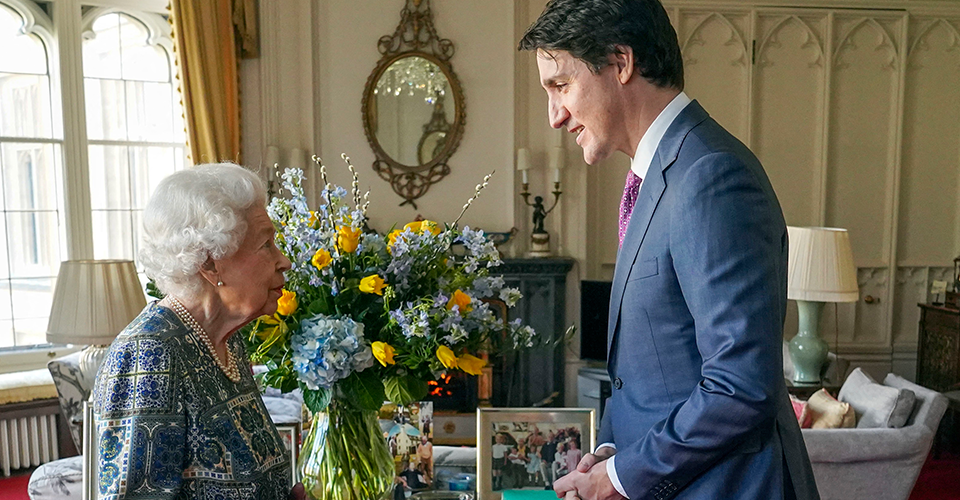
Elizabeth II and Justin Trudeau, gettyimages
At the same time, on March 10, her grandson William and his wife Kate visited the Ukrainian Cultural Center in London, brought volunteer aid, and supported Ukraine in every possible way.
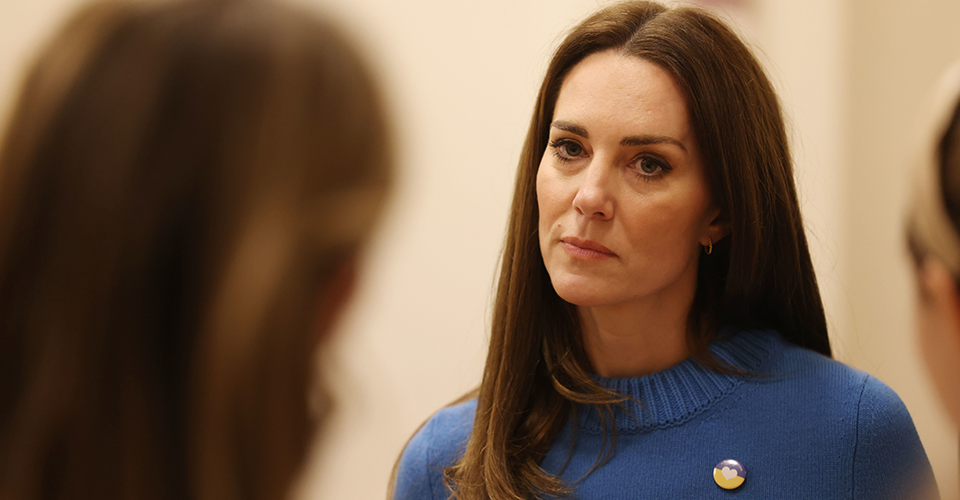
Kate Middleton, gettyimages
Also, on February 26, they clearly and publicly supported Ukraine in this war.
Parents of Duchess Kate in every possible way joined the work of accepting refugees in Ukraine and even prepared their country house worth more than USD 5 million for housing for Ukrainian refugees.
In May, Queen Elizabeth II officially opened the Elizabeth Line at Paddington Station in London. She was wearing a yellow coat and a hat with blue flowers. This gesture should be considered as another manifestation of the Queen of Great Britain's support for Ukraine, because her Majesty's images are always thought out to the smallest detail.
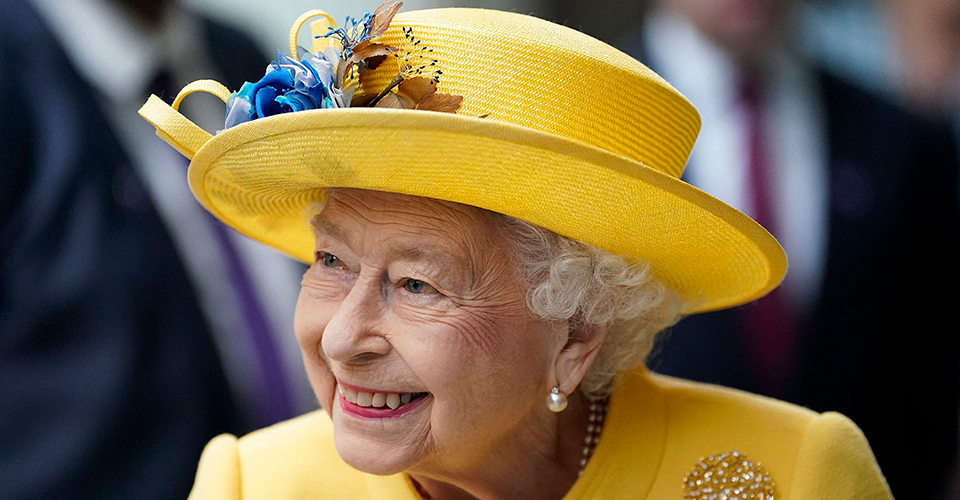
On May 10, in the monarch's address at the opening ceremony of the British Parliament, Queen Elizabeth II also mentioned Ukraine. "During these difficult times, my government will play a leading role in protecting democracy and freedom around the world, including continuing to support the people of Ukraine," the British Queen's address read.
Now many are worried about whether Charles III, the new king, will support Ukraine in the war for independence.
Of course he will. The archives have already unearthed a photo of young Charles dancing hopak with the Ukrainian ensemble "Hoverla" in the city of Derby, 1981.
On March 1, Prince Charles also backed away from political neutrality on the issue of Ukraine and expressed his support for the Ukrainians who are resisting.
"We stand in solidarity with everyone who resists brutal aggression," he emphasized. According to the prince, this is "an attack on democracy, on an open society, on freedom itself."
In a couple of days, the future kings Charles and Camilla visited the Ukrainian Catholic Cathedral, where they met with representatives of the Ukrainian community, the then ambassador of Ukraine to Great Britain Vadym Prystaik, schoolchildren, volunteers who collect humanitarian aid, as well as representatives of charitable organizations under the patronage of the prince to provide assistance to Ukraine.

Camilla Duchess of Cornwall, gettyimages
The couple lit candles in the church and placed sunflowers, one of the symbols of Ukraine, at the altar. According to media reports, Camilla was very emotional during the visit. She hugged the wife of the Ambassador of Ukraine to Great Britain, Vadym Prystayk, and said: "We are praying for you." "Our thoughts and prayers are with you all at this most critical time," the Prince of Wales said.
In May, Charles III visited one of the largest Ukrainian refugee camps in Bucharest. There, the new monarch strongly condemned the war and called it brutal aggression. By the way, he is one of the major donors of the foundation, which deals with the care of Ukrainians affected by the war.
It is also safe to say that with the death of the legendary Elizabeth II, Great Britain's position on Ukraine will remain unchanged. Kings do not mince words, and the comprehensive support of several generations of the British Royal Family is exactly what is needed to strengthen the image of Ukraine in the world.
Why was the support of Ukraine so important for Elizabeth II? Probably, because she herself knew what it was like to fight for independence.
At the age of 14, the future Queen made her first radio appearance on the BBC's Children's Hour. She addressed the children evacuated from the UK to the US, Canada, and other countries. She said: "We try to do everything we can to help our brave sailors, soldiers, and airmen, and we also share the dangers and sorrows of war. We know that each of us will be fine because God will take care of us and provide us victory and peace. And when peace comes, we will remember that we, today's children, have to make tomorrow's world better and happier."
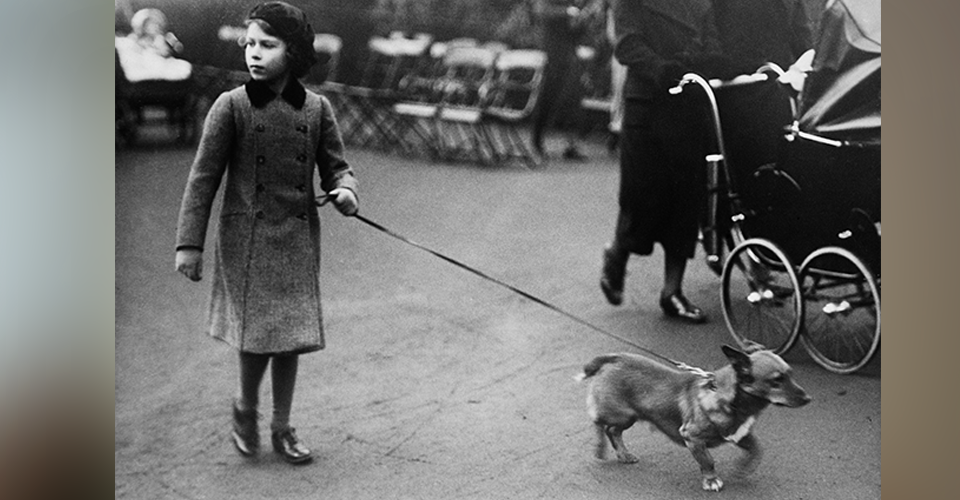
Princess Elizabeth 1940, gettyimages
At the age of 16, the princess applied to become a nurse, but her father refused to risk her life. And so she joined the Women's Auxiliary Territorial Service. There, Lieutenant Elizabeth Windsor learned to drive and repair trucks and ambulances. On May 8, 1945, when Europe was celebrating the victory over Nazi Germany, she left Buckingham Palace in a military uniform and, remaining unrecognizable, celebrated this event with everyone.
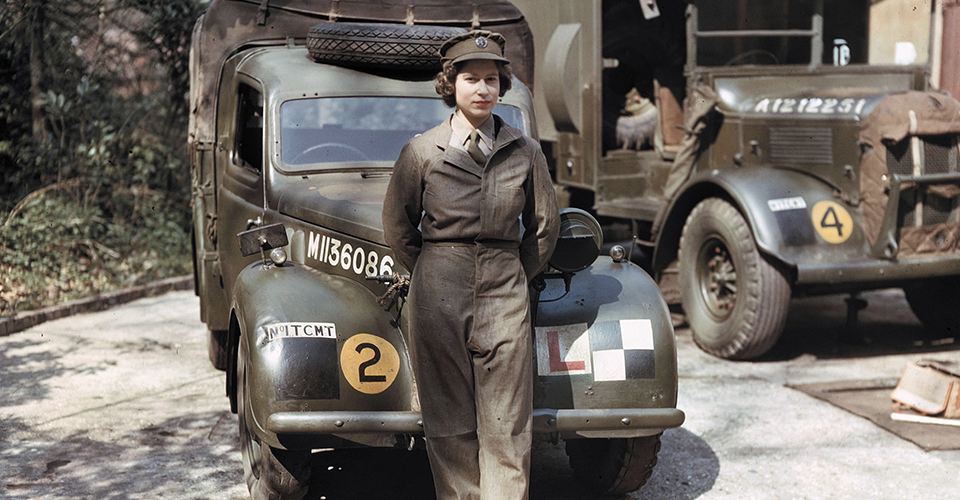
gettyimages
"We asked our parents if we could go outside. I remember we were afraid that they would recognize us. I remember crowds of strangers walking down the streets holding hands, and we were all overwhelmed by a wave of happiness and relief," Elizabeth mentioned later.
- News





